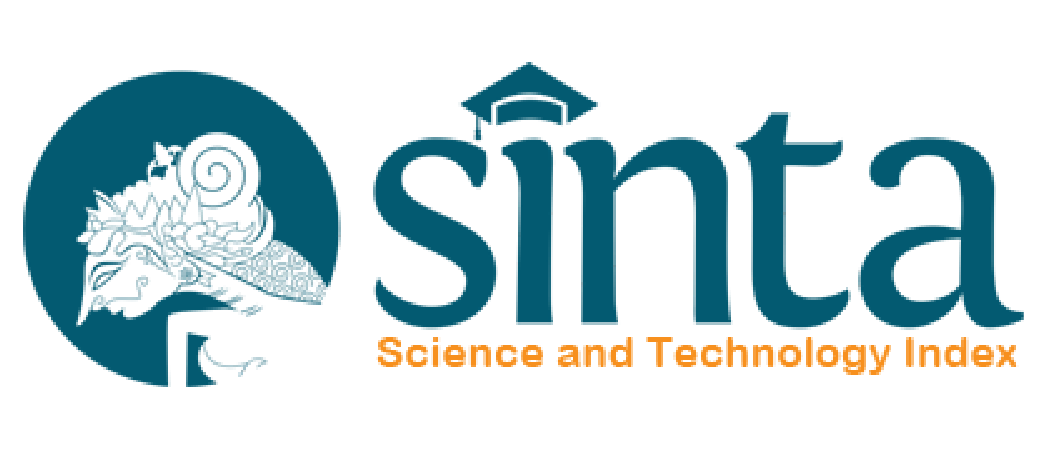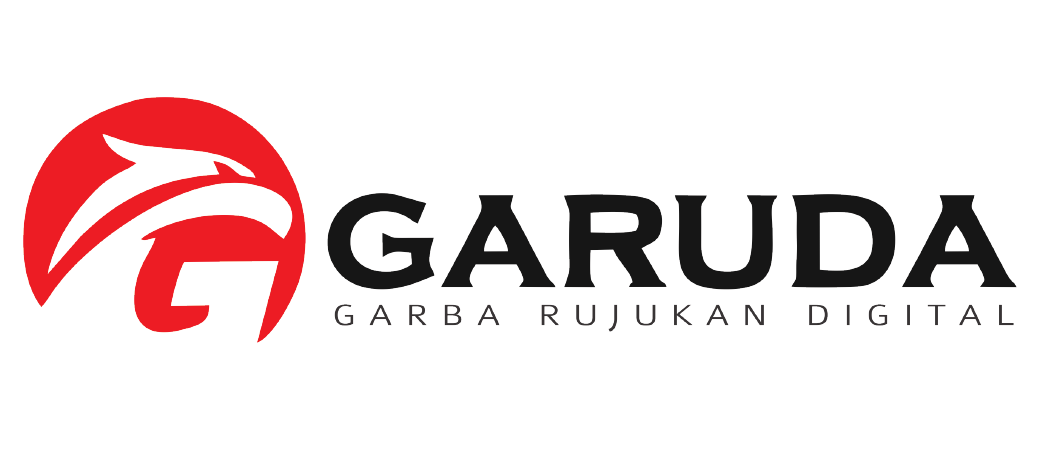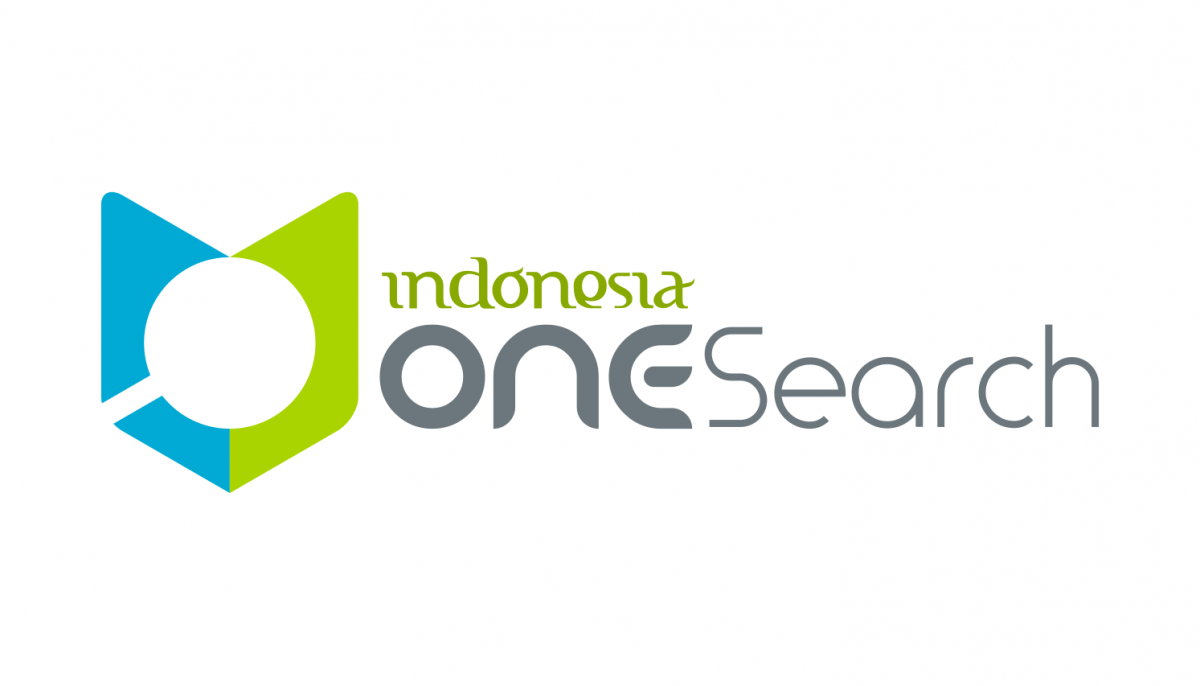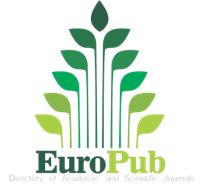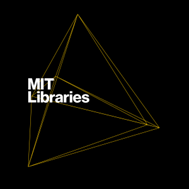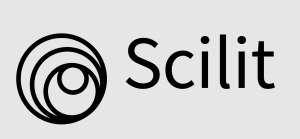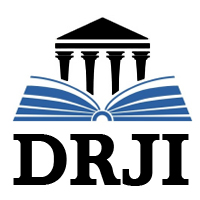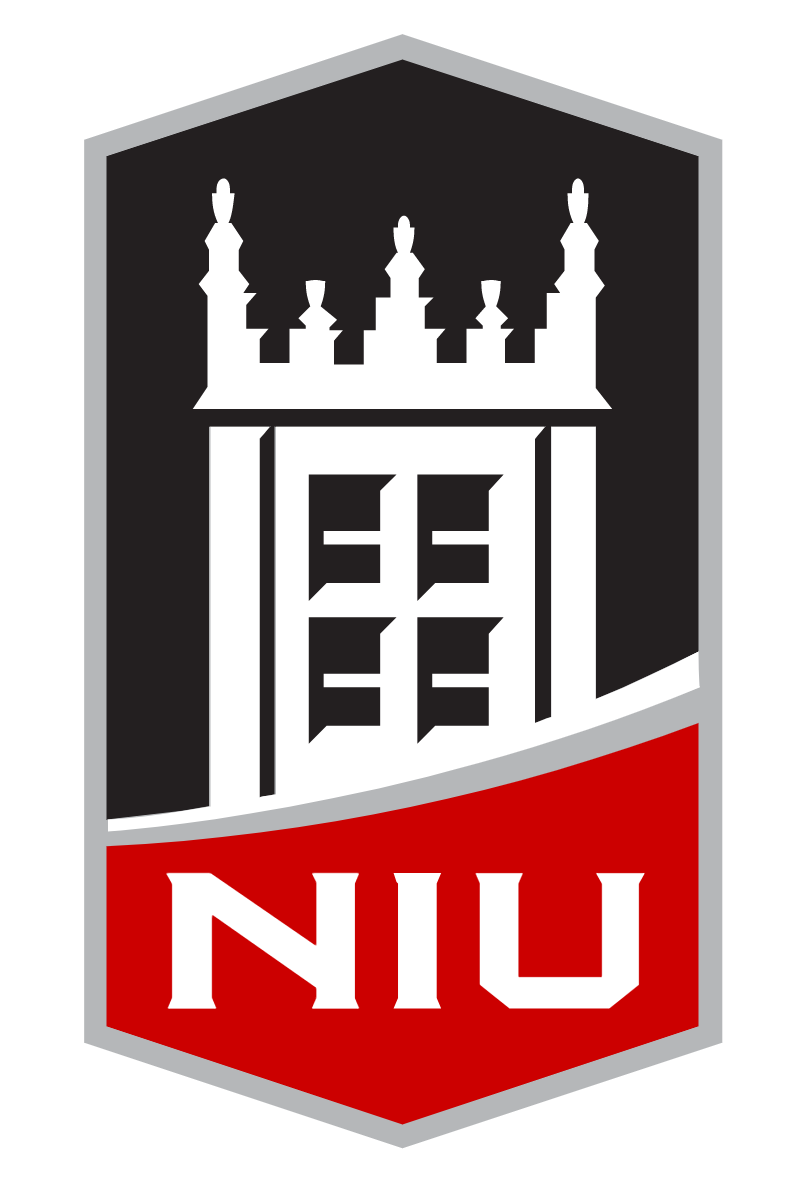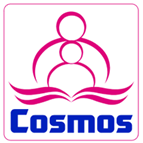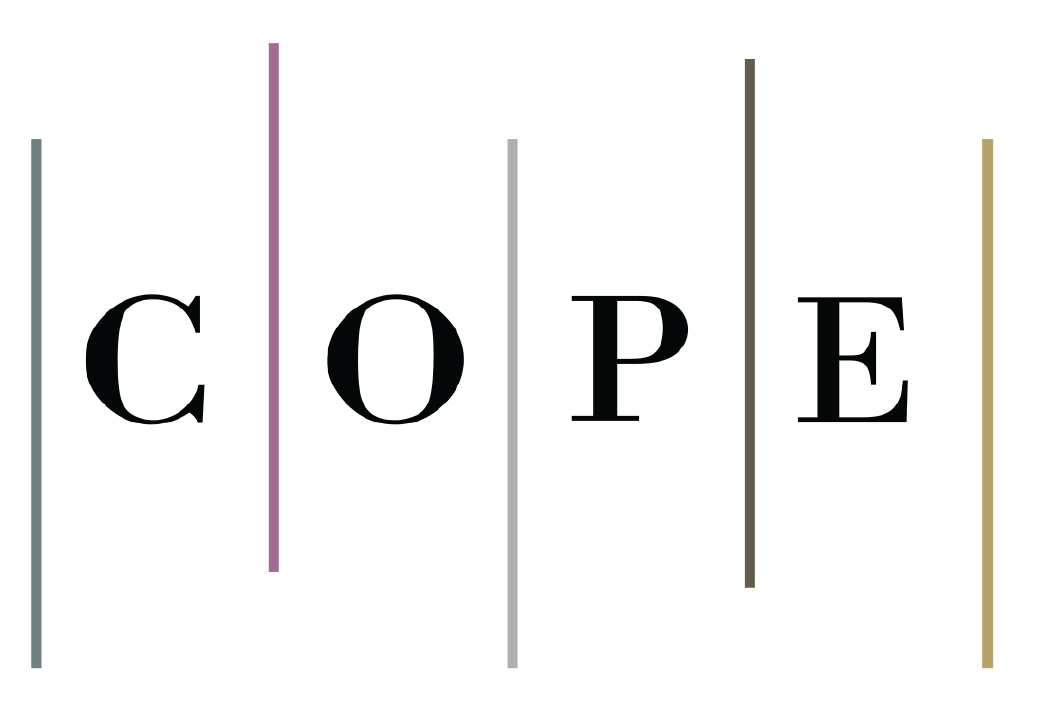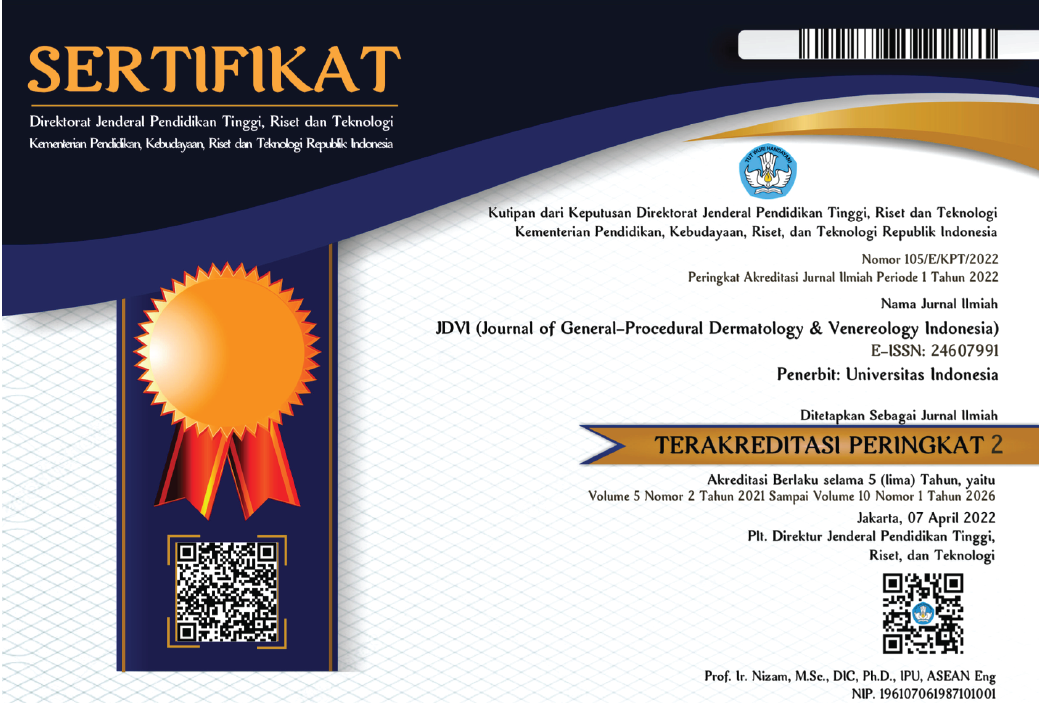Abstract
Background: Burn injuries generate more free radicals and lead to complex immune dysfunction, which can delay wound healing compared to other wound types. Angiogenesis, essential for wound healing, requires granulation tissue as a marker for successful wound healing. Low concentrations of reactive oxygen species (ROS) are necessary to initiate this process. Astaxanthin is a potent antioxidant with anti-inflammatory properties, known to activate angiogenesis and modulate ROS signaling during wound healing.
Methods: This experimental study aimed to evaluate 5% astaxanthin gel on second-degree burns using 30 male Wistar rats. Simple random sampling was utilized. A total of 6 groups were divided according to the time the lesions were evaluated i.e., I. Normal saline, day 2 (n=5); II. Normal saline, day 5 (n=5); III. Normal saline, day 7 (n=5); IV. 5% astaxanthin gel, day 2(n=5); V. 5% astaxanthin gel, day 5 (n=5); VI. 5% astaxanthin gel, day 7 (n=5). Histological assessment of angiogenesis and granulation tissue was based on the number of blood vessels and the extent of the wound to the dermis, respectively.
Result: The mean of angiogenesis in 5% astaxanthin gel group was higher than the control group on day 5 (p-value < 0.05). The positive correlation between angiogenesis and granulation tissue was observed on day 5 (p-value < 0.05).
Conclusion: The primary effect of 5% astaxanthin gel is during the proliferative phase of wound healing in second-degree burns.
Recommended Citation
Rofiq, Aunur; Yuniaswan, Anggun Putri; and Nugraha, Rizki Hapsari
(2023)
"Effects of 5% astaxanthin gel on angiogenesis and granulation tissue in second-degree burn animal model,"
Journal of General - Procedural Dermatology and Venereology Indonesia: Vol. 7:
Iss.
2, Article 4.
DOI: 10.7454/jdvi.v7i2.1150
Available at:
https://scholarhub.ui.ac.id/jdvi/vol7/iss2/4



